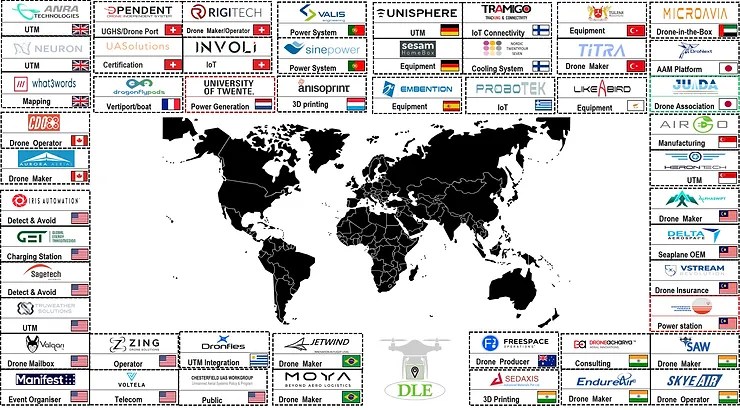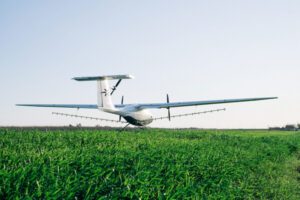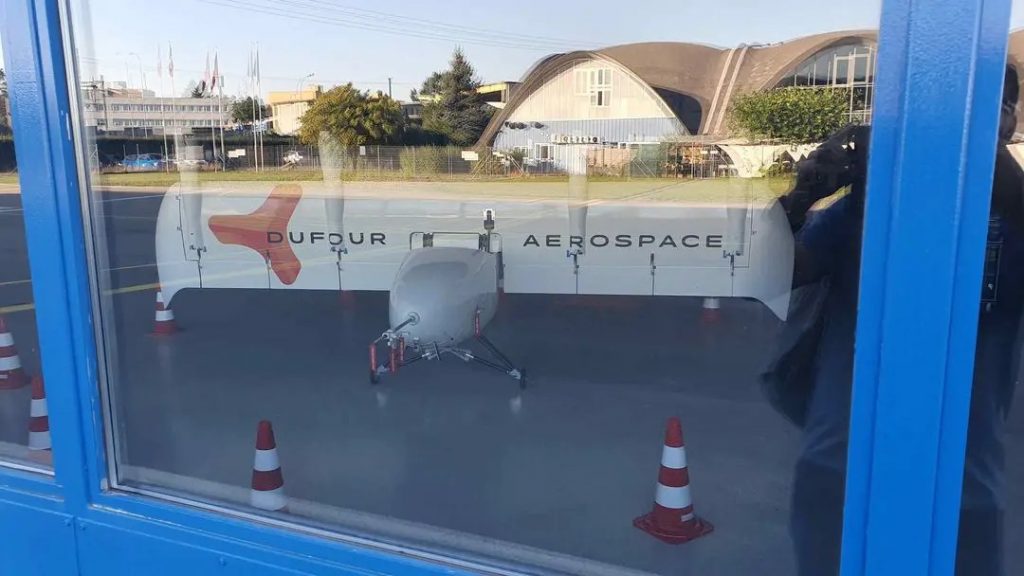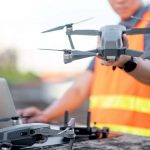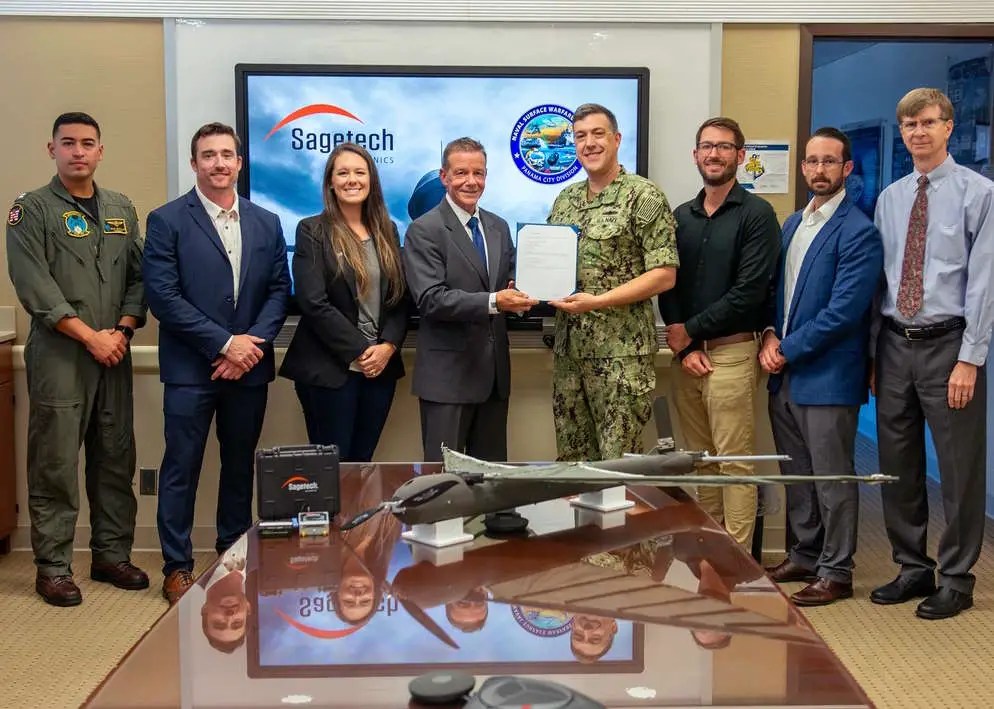
Naval Surface Warfare Center Panama City Division (NSWC PCD) continues its pursuit to be a collaborator of choice that expands naval superiority in its latest partnership with Sagetech Avionics, Inc. The two organizations held a Cooperative Research and Development Agreement (CRADA) signing ceremony, July 27.
This CRADA, entitled the Unmanned Aircraft Systems (UAS) Collaborative Research Effort, aims to combine technology and reimagined design within this dynamic field using Identification Friend or Foe (IFF) capabilities. Gavin Taylor, NSWC PCD Expeditionary Systems Division engineer, highlights some of the benefits from this collaboration.
“This CRADA will afford us the opportunity to integrate UAS with unique technologies developed by Sagetech Avionics, Inc. This integration would add immediate value to any systems [we] would provide to the warfighter through IFF capabilities not usually included in small form-factor UAS’s,” said Taylor.
NSWC PCD is developing a low-cost expendable UAS with a novel deployment method. One of the targets is to provide an effective platform to support U.S. Navy objectives to expand the advantage.
“If this CRADA achieves its goals, any UAS which NSWC PCD develops, will have a leg up on the competition by allowing us to present a value-added solution to the warfighter,” said Taylor. “The technology Sagetech is working on is a critical component of the fight—Today and Tomorrow. Having the knowledge and expertise to integrate this into our future UAS systems will give NSWC PCD a greater capacity to serve the warfighter.”
Another target is to continue to develop the technical capabilities of the engineers and developers.
@media(min-width:0px){#div-gpt-ad-suasnews_com-medrectangle-4-0-asloaded{max-width:336px!important;max-height:280px!important}}
“This specialized technical work is what attracts the best and the brightest. Establishing this CRADA signals that our science and technology efforts are alive and well and that interesting work doesn’t have to be relegated to a contractor, but can be performed here at NSWC PCD,” said Taylor. “In addition, our engineers will have the opportunity to gain experience by working alongside Sagetech engineers through the integration process on both the hardware and software.”
A final target is helping the Navy Lab achieve one of its goals—Shaping Future Littoral Battlespace Operations—through responsible resource stewardship and information sharing with collaborative partners.
“Any projects stemming from this CRADA will have the benefit of cutting-edge technology not commercially available, allowing the government to maintain intellectual capital rather than having to go outside the fence for specialized support,” said Taylor. “Growing this knowledge at NSWC PCD will further establish our position as a Navy lab as we continue to push the boundaries of technology in support of the warfighter.”
Sagetech works with the U.S. military, as well as North Atlantic Treaty Organization partners, and allies to ensure programs fly safer missions. Their vision is to deliver certified solutions that enable safe airspace integration for any aircraft and strive to serve the missions of tomorrow.
“Sagetech has a history of working with all branches of the military to ensure that manned and unmanned aircraft can fly safely and integrate effectively into both commercial airspace and the joint military battlespace,” stated Tom Furey, chief executive officer of Sagetech Avionics. “We are excited to work with NSWC PCD as they develop unique small UAS, combining both organizations’ areas of expertise to integrate IFF, collision avoidance and combat identification capabilities into advanced military UAS technology. As a small business, PCD has made it easy to collaborate and advance both dual-use and military specific technology for the benefit of the warfighter.”
This is the first-ever signing of a CRADA between NSWC PCD and Sagetech Avionics and was put together in support of a Naval Innovative Science and Engineering (NISE) effort in UAS. NISE is the Navy’s implementation of the congressionally authorized and Department of Defense established funding source with a specific, targeted intent of ensuring the Defense Laboratory can fund this type of innovative basic and applied research, conducted in-house in support of military missions.
@media(min-width:0px){#div-gpt-ad-suasnews_com-banner-1-0-asloaded{max-width:300px!important;max-height:250px!important}}
“The NISE program allows the laboratory to explore the latest science and technology through funded basic and applied research. These NISE funded efforts help push the needle forward in transitioning Navy-developed capabilities to the fleet,” said Paige George, NSWC PCD Technology Transfer manager. “Collaboration plays an important role in the NISE program, and CRADAs are the easiest method for that collaboration. CRADAs open up the aperture for collaborative work with industry and academia while protecting the intellectual property of both collaborators, as well as safeguarding information.”


